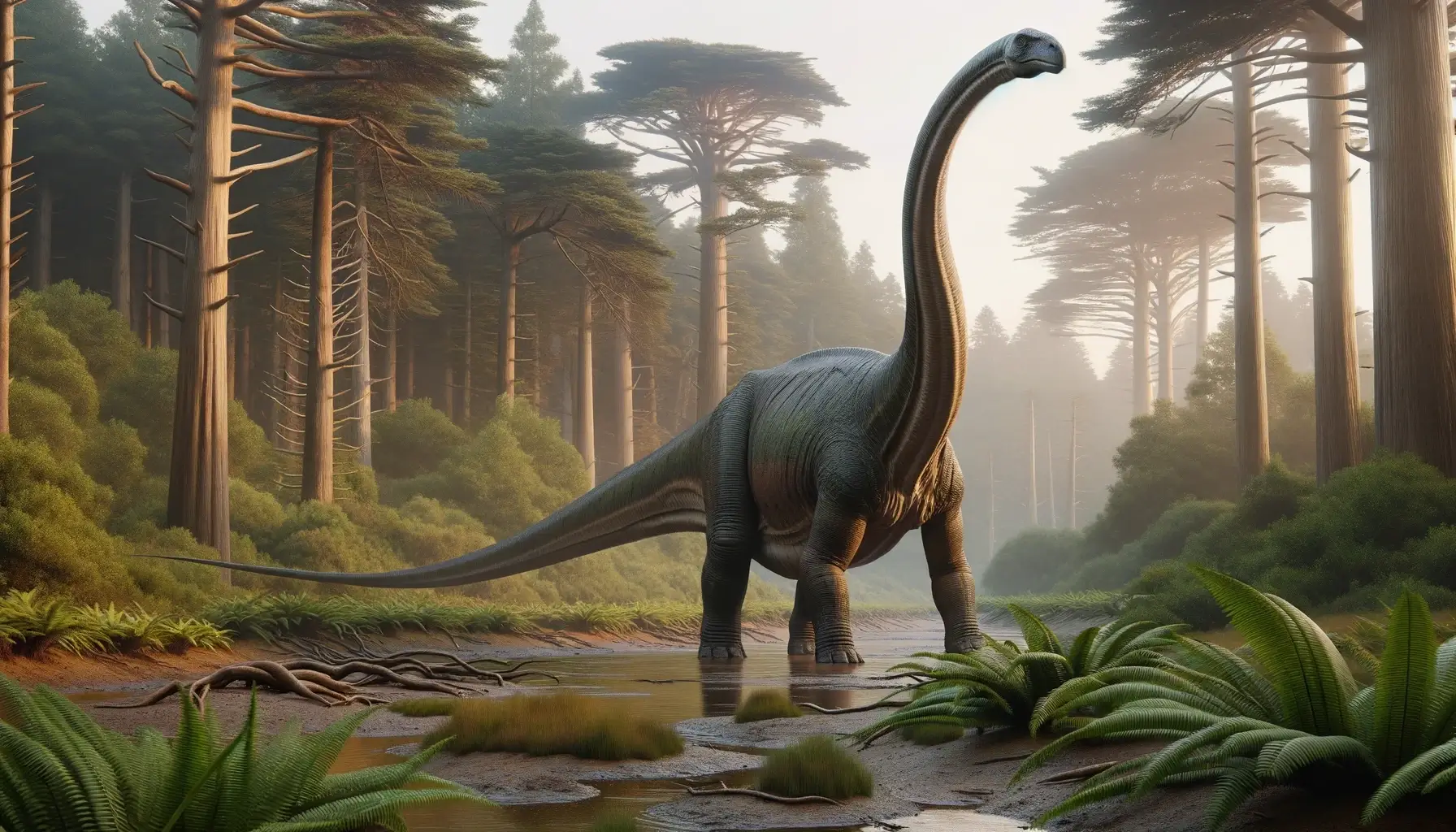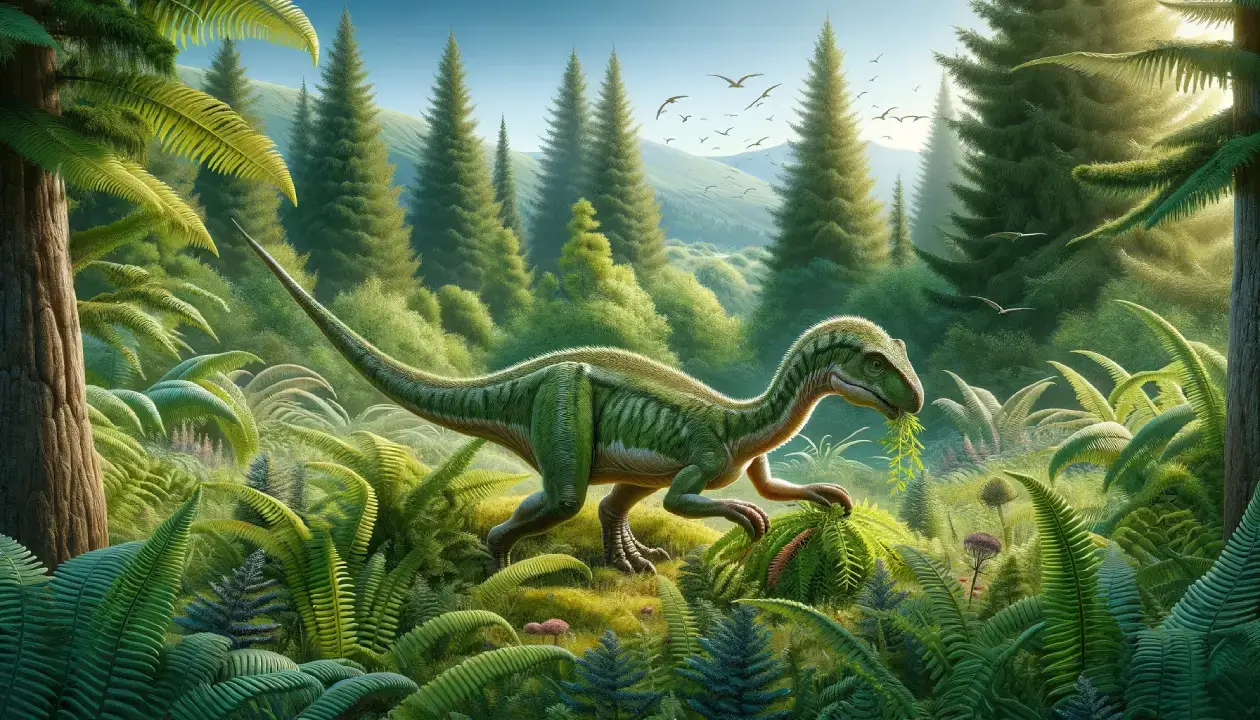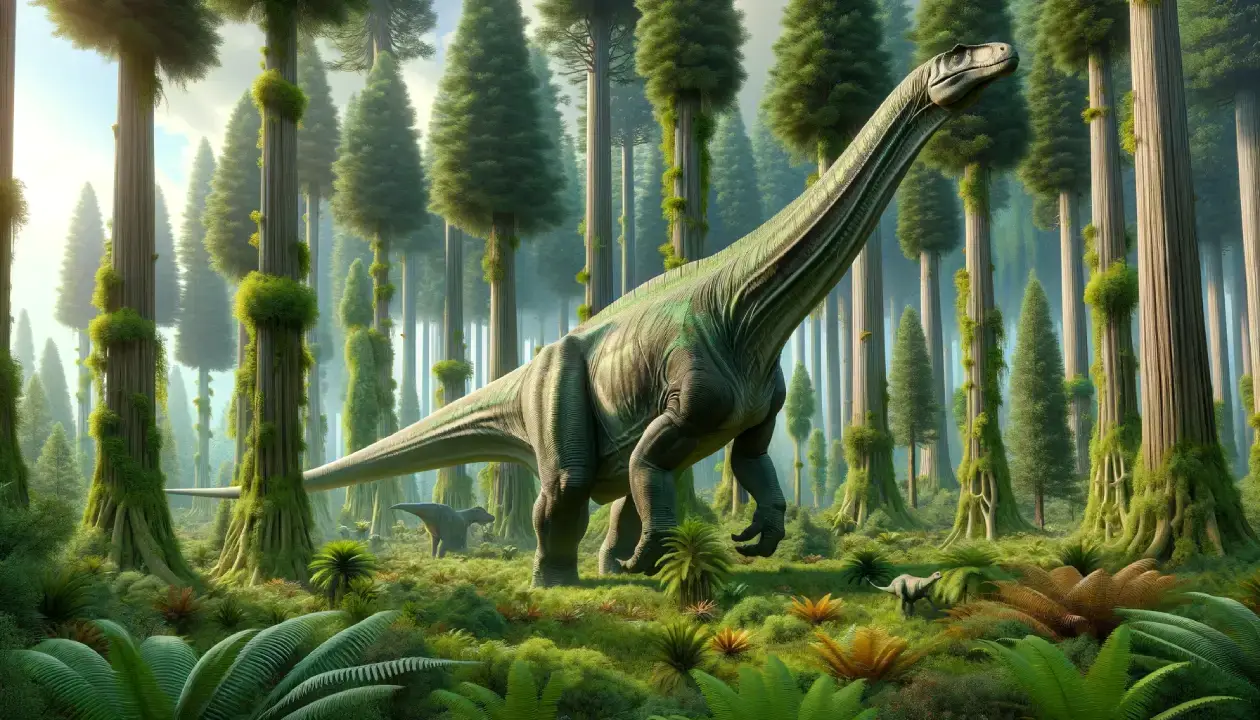Diplodocus was a long sauropod dinosaur that lived in western North America during the Late Jurassic period, about 154 to 152 million years ago. It was one of the first dinosaurs scientifically investigated from the United States, and had a relatively complete skull. It had a double-beamed chevron bones on the underside of its tail, which gave it its name meaning “double beam”.
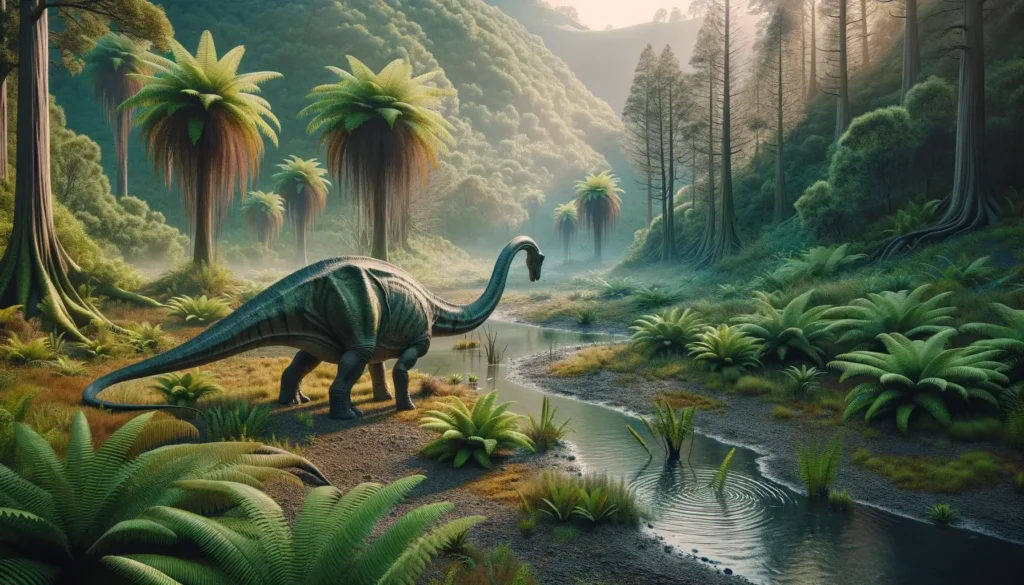
Basic Information
| Feature | Details |
| Time Period | Late Jurassic (154 – 150 million years ago) |
| Diet | Herbivore |
| Length | 24 – 26 meters (79 – 85 feet) |
| Weight | 12 – 14.8 tons (26,400 – 32,600 pounds) |
| Size | Large |
| Posture | Quadrupedal |
| Locations | USA |
| Continent | North America |
| Type | Sauropod |
| Habitats | Forests and plains |
Description of Diplodocus
Historical Context
Diplodocus was one of the first sauropods ever discovered and one of the most common dinosaurs found in the Morrison Formation, a rich fossil site in North America. It was named by Othniel Charles Marsh in 1878, based on a partial skeleton found in Wyoming. The name means “double-beamed lizard” and refers to the double-beamed chevron bones located in the underside of the tail, which were then considered unique. Several species of Diplodocus have been named, but only two are widely accepted: D. carnegii and D. hallorum.
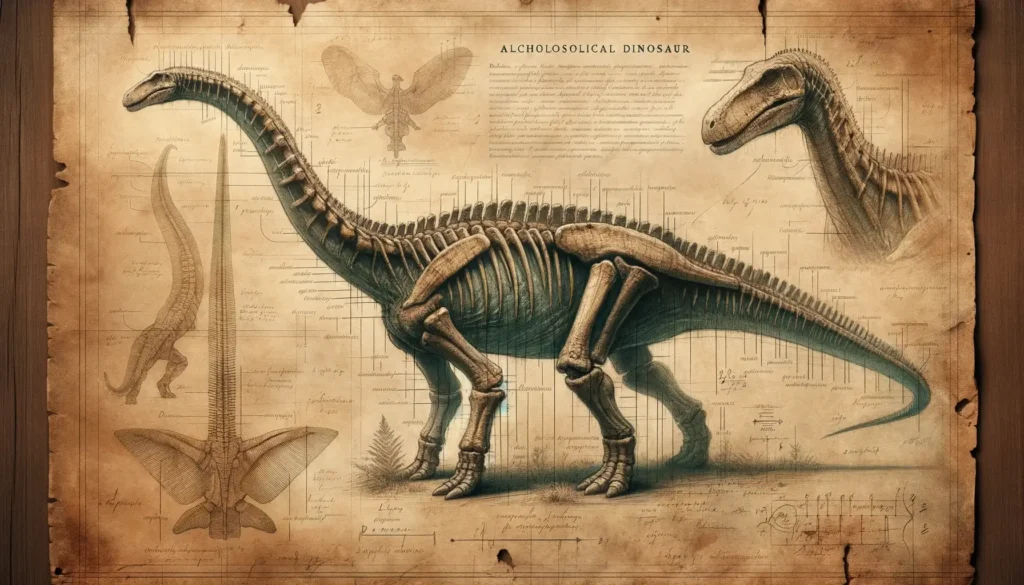
Physical Attributes
Diplodocus was a large dinosaur, measuring up to 26 meters in length and weighing up to 14.8 tons. It had a robust body with four sturdy legs and a long tail. Its head was small and narrow, with a beak-like mouth and long, serrated teeth. Its most distinctive feature was its long neck, which had 15 elongated vertebrae and made up about a quarter of its total length. The neck was flexible and could bend from side to side, allowing Diplodocus to reach different heights of vegetation. The tail was also long and whip-like, and may have been used for defense or communication.
Feeding Habits
Diplodocus was a herbivore that fed on low-growing plants and shrubs. It used its beak to snip off branches and leaves and its teeth to strip and grind them. It had a large gut that could digest tough plant material. It may have also swallowed stones to help with digestion, as some gastroliths (stomach stones) have been found associated with its fossils. Diplodocus may have lived in herds or groups for protection and social interaction.
Unique Features
One of the unique features of Diplodocus was its double-beamed neural spines, which projected upward from its vertebrae. These spines likely supported a sail-like structure of skin and muscle that may have been used for display or regulating body temperature². Another unique feature of Diplodocus was its low-slung, ground-hugging posture, which differed from other sauropods that had higher shoulders and hips. This posture may have been an adaptation for browsing on low-lying vegetation or avoiding predators.
Movement and Speed
Diplodocus was a fast runner for its size, capable of reaching speeds of up to 30 kilometers per hour (19 miles per hour). It had long and powerful hind legs that propelled it forward. Its forelimbs were slightly shorter and had four fingers each. It could use them to grasp food or support itself when resting. Diplodocus also had good balance and coordination, thanks to its long tail that acted as a counterweight.
Cultural Impact
Diplodocus is among the most easily identifiable dinosaurs, with its typical sauropod shape, long neck and tail, and four sturdy legs. It is also one of the most popular dinosaurs among the public, as it has been featured in many books, movies, games, and toys. It has appeared in popular media such as Jurassic Park, The Land Before Time, Dinosaur Train, and Disney’s Dinosaur. It has also been displayed in many museums around the world, such as the Carnegie Museum of Natural History in Pittsburgh, where the most famous single dinosaur skeleton in the world is exhibited.
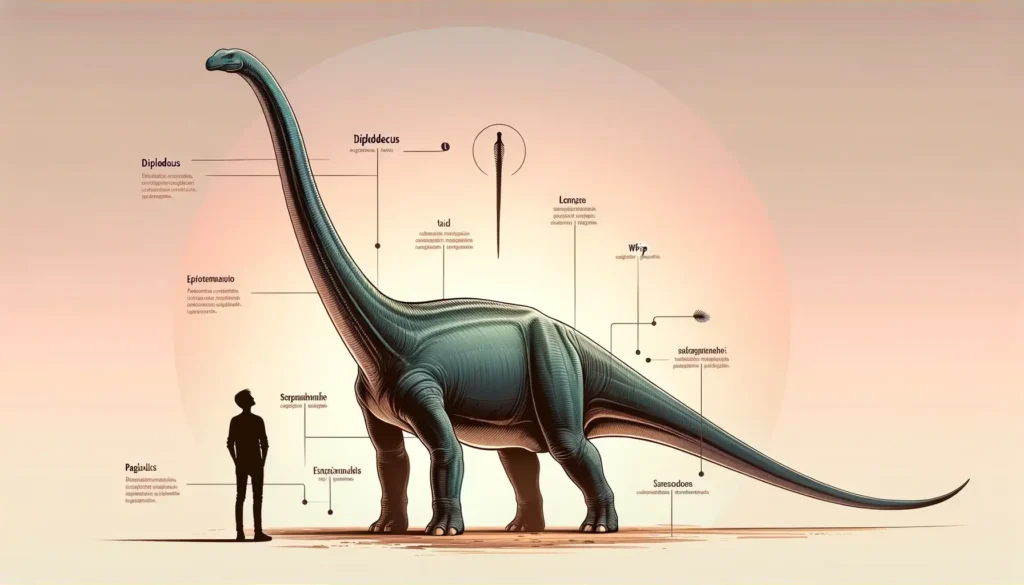
Interesting Facts
- Diplodocus is related to other long-necked sauropods such as Apatosaurus , Barosaurus , Brachiosaurus , and Camarasaurus . They are collectively known as diplodocoids.
- Diplodocus may have had sexual dimorphism or individual variation in its neck length and shape, as some specimens show different features of these structures.
- Diplodocus lived alongside other dinosaurs such as Allosaurus , Stegosaurus , Ceratosaurus , and Dryosaurus . They all inhabited the Morrison Formation, a rich fossil site in North America.
Related Dinosaurs
- Troodon : A small, feathered carnivore known for its speed and agility.
- Triceratops : A herbivore with three horns and a large frill, often considered the nemesis of the T-Rex.
- Brontosaurus : A massive, long-necked herbivore that towered over most other dinosaurs.

